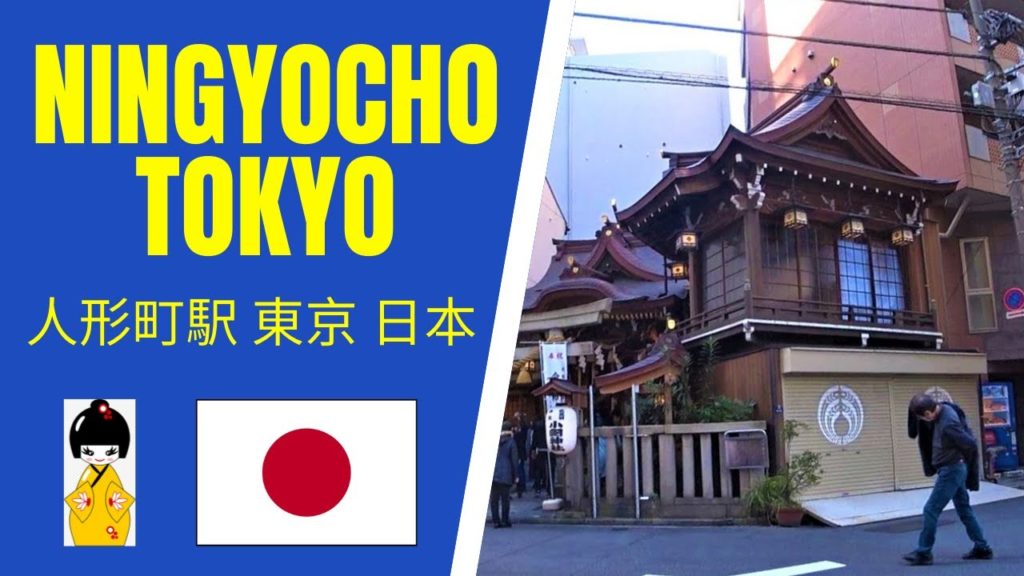Today I start off at Ningyocho station in Nihonbashi, Tokyo, Japan. 人形町駅 東京 日本 I show you where to get off so that you can head towards where the hotels are located, before heading off to visit a shrine.
Nihonbashi (日本橋) is a business district of Chūō, Tokyo, Japan which grew up around the bridge of the same name which has linked two sides of the Nihonbashi River at this site since the 17th century. The first wooden bridge was completed in 1603. The current bridge, designed by Tsumaki Yorinaka and constructed of stone on a steel frame, dates from 1911. The district covers a large area to the north and east of the bridge, reaching Akihabara to the north and the Sumida River to the east. Ōtemachi is to the west and Yaesu and Kyobashi to the south.
Nihonbashi, together with Kyobashi and Kanda, is the core of Shitamachi, the original downtown center of Edo-Tokyo, before the rise of newer secondary centers such as Shinjuku and Shibuya.
The Nihonbashi district was a major mercantile center during the Edo period: its early development is largely credited to the Mitsui family, who based their wholesaling business in Nihonbashi and developed Japan’s first department store, Mitsukoshi, there. The Edo-era fish market formerly in Nihonbashi was the predecessor of the Tsukiji and Toyosu Markets. In later years, Nihonbashi emerged as Tokyo’s (and Japan’s) predominant financial district.
The Nihonbashi bridge first became famous during the 17th century, when it was the eastern terminus of the Nakasendō and the Tōkaidō, roads which ran between Edo and Kyoto. During this time, it was known as Edobashi, or “Edo Bridge.” In the Meiji era, the wooden bridge was replaced by a larger stone bridge, which still stands today (a replica of the old bridge has been exhibited at the Edo-Tokyo Museum). It is the point from which all distances are measured to the capital; highway signs indicating the distance to Tokyo actually state the number of kilometres to Nihonbashi.
The area surrounding the bridge was burned to the ground during the massive March 9-10, 1945 bombing of Tokyo, considered the single largest air raid in history. Despite careful maintenance and restoration, one area of the bridge still has scars burned into the stone from an incendiary bomb. It is one of the few traces left from the fire bombing that leveled most of Tokyo.
Nihonbashi was a ward of Tokyo City. In 1947, when the 35 wards of Tokyo were reorganized into 23, it was merged with Kyobashi to form the modern Chuo ward.
Shortly before the 1964 Summer Olympics, an expressway was built over the Nihonbashi bridge, obscuring the classic view of Mount Fuji from the bridge. In recent years, local citizens have petitioned the government to move this expressway underground. This plan was endorsed by Prime Minister Junichiro Koizumi in 2005, and the Tokyo Metropolitan Government and Ministry of Land, Infrastructure, Transport and Tourism announced in 2017 that they would begin a detailed study of the project, with a goal of beginning construction following the 2020 Summer Olympics in Tokyo. If implemented, the construction costs are expected to total ¥500 billion (about US$4+ billion).


AloJapan.com